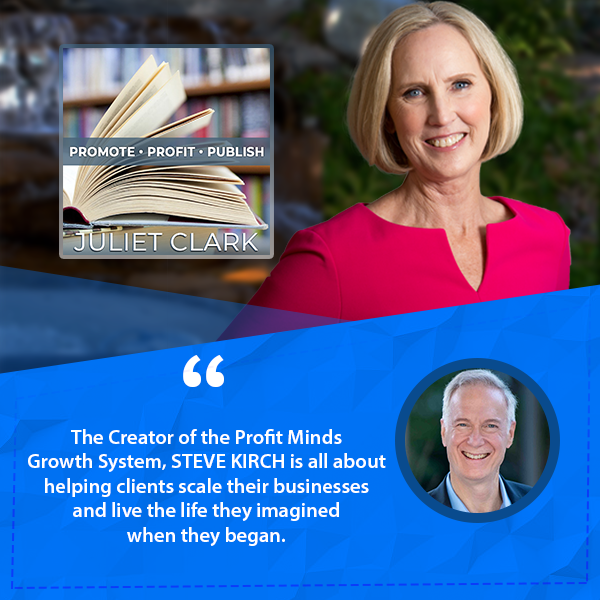
Saving money by reviewing your expenses
The current pandemic crisis has made things especially difficult for small businesses. Funds are low. For many, business has slowed to a crawl—if not halted entirely.
Many business owners are concerned that their businesses will fail. They worry that people will stop buying, and they’ll lose all of their customers.
But here’s the truth: no one goes out of business because they lack customers. Businesses fail because they run out of cash.
Every business owner should have 6 months of expenses in reserve, but most do not. Why is that?
Consider one of my clients (we’ll call her Amy). Her interior design business was growing, but her expenses were growing, too. Her business was making just barely enough to break-even.
Even in her best quarter she wasn’t able to bring much of that hard-earned money home—and she certainly wasn’t able to keep enough on reserve.
This wasn’t for lack of clients. In fact, Amy had more business coming in than she could handle all by herself. She needed to hire a junior designer to help relieve some of the workload, but didn’t think she could afford one.
The issue? Expenses.
Amy’s expenses were simply too high. And when expenses are high and growing as fast as revenue, it’s difficult to increase the bottom line, no matter how many customers are coming in.
This is why it’s so important to review your expenses. You may be leaving money on the table!
Reviewing your expenses is a simple, straightforward way to figure out how to cut costs and improve your bottom line.
I recommend following the process laid out in Profit First, by Mike Michalowicz.
First, get out all of your bank and credit card statements. You may find it useful to print them out.
Next, categorize your expenses using the following metrics:
1. For anything that creates Profit, mark those expenses with a P.
This might include employee payroll, necessary software, and professional development resources.
For Amy, this included things like Quickbooks, her customer relationship management system, her project management software and her part-time office manager.
2. Label expenses with an R if they are Replaceable.
Are there expenses you might be able to switch to a cheaper option?
Now is a great time to review all of your expenses and see if there are better rates available. Some vendors may cut you a deal rather than to lose you as a customer.
For Amy, this meant looking at her internet and phone bill and asking a Technology Services Agent to review her service to see if she could get a better deal. We also reviewed her business insurance to see if she could reduce her costs there as well.
3. If expenses are Unnecessary, mark them with a U.
These are expenses you can do without entirely. For example, if you have a gym membership, are they still charging you even though they’re closed during the lockdown?
Amy had signed up with a credit card processing service, expecting clients to pay that way—but none had. She was able to cancel that $70/month contract.
She also discovered her 401(k) plan was costing her more money than she was saving in taxes, so that became another unnecessary expense.
Once you have marked all of the items in your statements, it’s easy to see where to cut expenses.
Eliminate anything marked with a U, and look into alternatives for anything marked with an R.
Keep the items marked with a P, since those are what actually create profit. Ideally, these goods or services should essentially pay for themselves.
This process also allows you to spot redundancies.
For example, Amy had switched project management software but had neglected to cancel the old one, so she was paying twice. We were also able to trim back marketing expenses by cutting out the services that were not bringing in new prospects.
Once we reviewed all of Amy’s expenses, she realized she actually could go out and hire that junior designer for at least 20 hours a week. Taking away some of her workload (and her stress!) will allow her to continue to grow her business—and continue to service her clients with the quality of attention they deserve.
Many entrepreneurs think of increasing profits as solely increasing the revenue that comes in—but the expenses that come out of that income are just as important a part of the profit equation.
Furthermore, freeing up expenses allows business owners to put more money towards things that will actually lead to generating profit—like marketing, professional development, or hiring an assistant or a business coach.
What will reviewing your expenses make possible?
